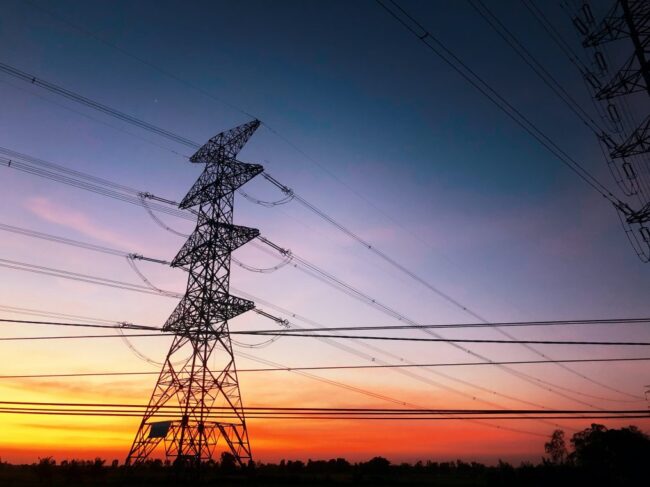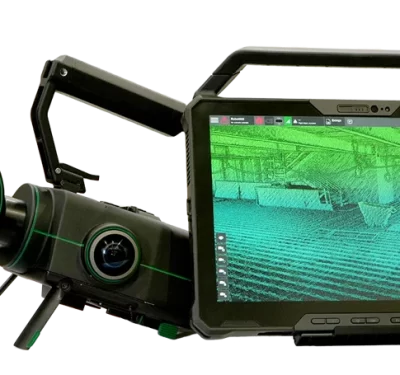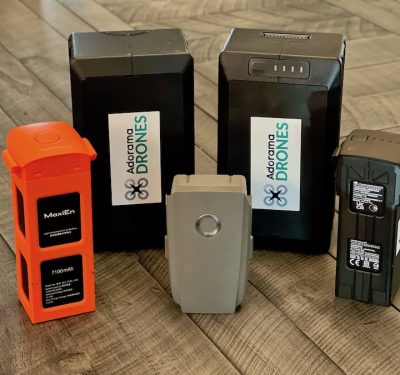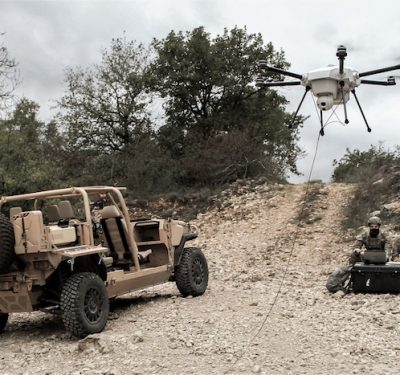
Soaring Eagle Technologies, a drone data collection company, hopes to use its latest beyond visual line of sight (BVLOS) flight waiver from the Federal Aviation Administration to not only push its business forward but help set standards for the industry, according to company President Will Paden.
The Houston-based company has obtained one of the first BVLOS waivers that allow it to conduct inspection operations under operational guidelines versus in restrained geographical areas. This builds on waivers the company received earlier this year that expanded its BVLOS window to up to 27 miles, waivers that have now been superseded by the latest one.
Paden told Inside Unmanned Systems the overall process took five years and moved the company into a “crawl, walk, run” phase where it first proved its aircraft, command and control, processes and procedures, which eventually led to the “non-geo waiver.”
There are some limitations, mostly self-imposed based on command-and-control ability, but Paden said “roughly speaking, we’re patrolling six miles in a single flight … we can lidar 800 acres in a day.”
The waiver is for Soaring Eagle’s configuration of a Sentaero BVLOS drone from Daytona Beach, Florida-based Censys Technologies, operated with a Casia detect-and-avoid system from San Francisco-based Iris Automation.
Soaring Eagle Technologies specializes in electric utility line inspection, which it has been doing since 2018. “We have done tens of thousands of structures, poles, distribution, transmission, patrols, storm response, and we’ve flown all over the country: Maine, Florida, Mississippi, Louisiana, Arkansas, Texas, out to California … Kentucky, Tennessee, we’ve been all over the United States flying power lines,” Paden said.
The company also does surveying and mapping, particularly out of its Phoenix, Arizona office, and does research and development on aircraft systems, such as long-range command and control.
Paden stressed that “we are an aviation company,” and everything it does is based on an aviation standard, with a strong emphasis on training.
“We are in the walk phase,” of its crawl-walk-run operation, he said. “We’re working towards essentially replacing helicopters for doing patrols or 2,000 acres of lidar in a day type of operation. Those are some big goals but that’s kind of the thought process.”
The company wants to grow, but “honestly, the thing that we’re most excited about, really what we’re pushing the hardest is, we’re trying to set a standard that the industry can follow,” Paden said. “Because we understand Soaring Eagle is not going to get all the work … there’s no way we’re going to be able to patrol every power line in the nation by ourselves. But if we can help push an aviation standard, a level of training, so that this is done safely, it protects our industry in the long run.”






